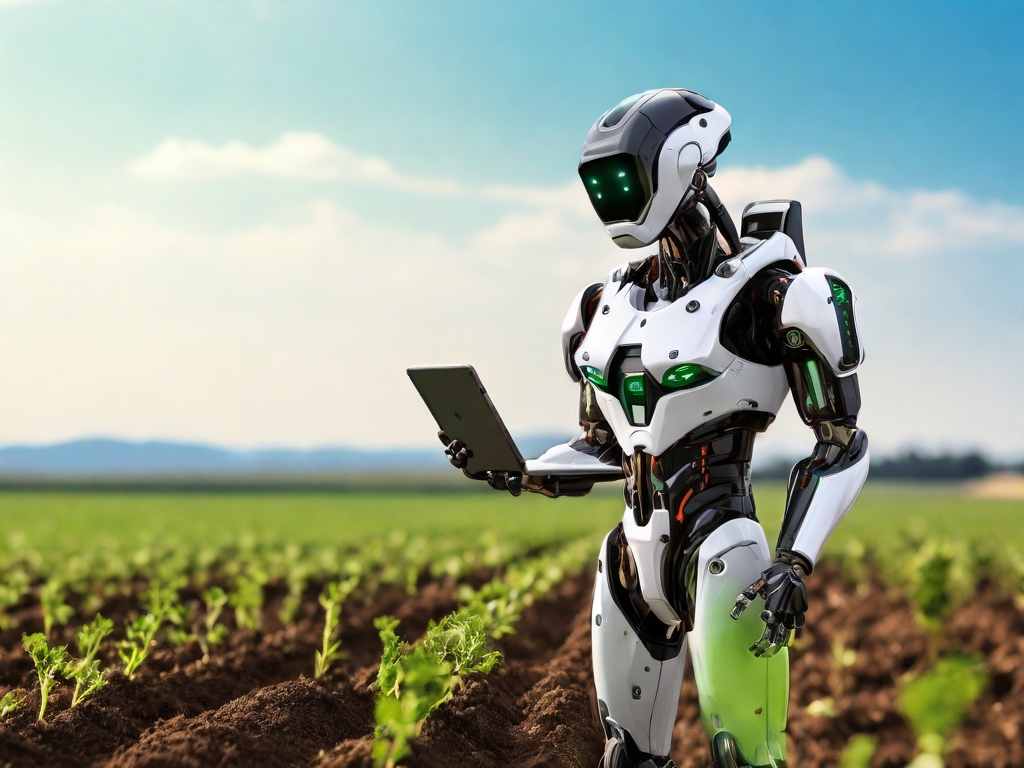Imagine this: a farmer sits comfortably on their porch, sipping tea, while a fleet of drones zips across the sky—checking crops, analyzing soil conditions, and spraying just the right amount of nutrients like tiny robotic farmers with PhDs. Welcome to the age of Artificial Intelligence in Agriculture, where smart tech takes farming to a whole new level.
In this article, we’re diving deep into how Artificial Intelligence (AI) is revolutionizing farming as we know it. From boosting yields to cutting waste and giving farmers real-time insights, AI is digging its digital roots deep into the soil.
The Old vs. the New: A Quick Farming Flashback
Back in the day, farming meant a lot of guesswork, sweat, and a slightly unhealthy relationship with the weather forecast. Farming choices were traditionally driven by what farmers had learned over the years and what they could see with their own eyes. Fast forward to now, and AI is helping make farming more precise, more productive, and, frankly, a whole lot cooler.
Instead of eyeballing plant health, farmers can now use AI-powered cameras that detect diseases before they spread. Soil quality? Analyzed in real-time. Watering schedules? Optimized by machine learning models trained on years of climate and soil data.
Smart Farming: What Does AI Actually Do on the Farm?
Let’s break down the techy goodness:
- Crop Monitoring and Disease Detection
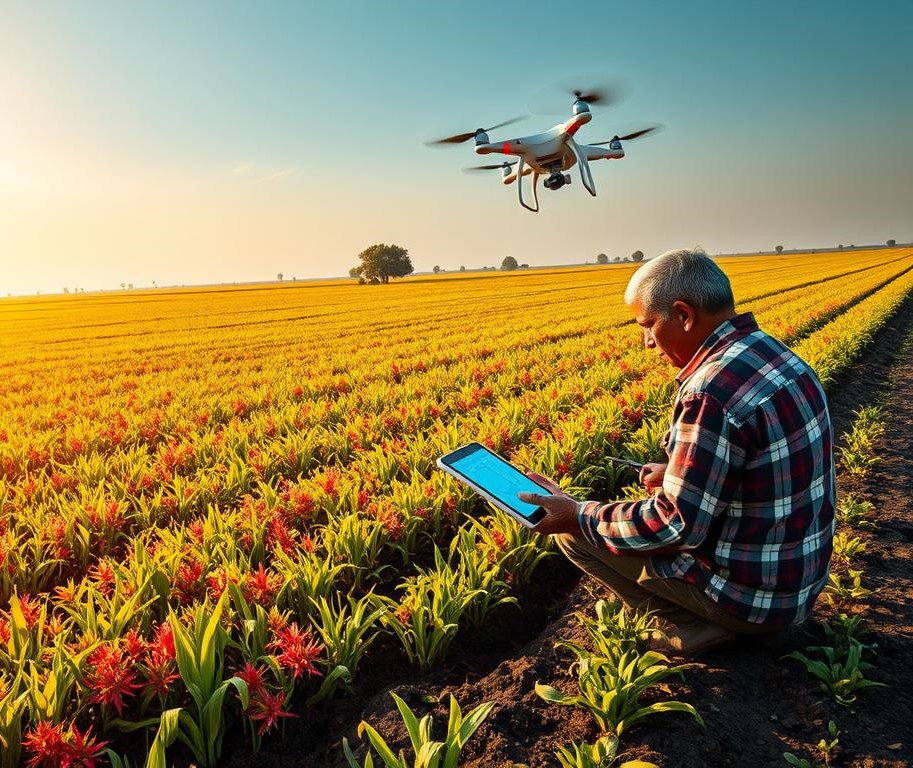
AI algorithms can analyze images from drones or ground-based sensors to spot early signs of disease, pests, or nutrient deficiency. That means no more guessing games or waiting until it’s too late.
- Precision Agriculture

AI combines satellite data, soil sensors, and climate models to tell farmers exactly where and when to plant, water, or harvest. It’s like having a super brainy co-pilot that actually knows what it’s doing.
- Predictive Analytics
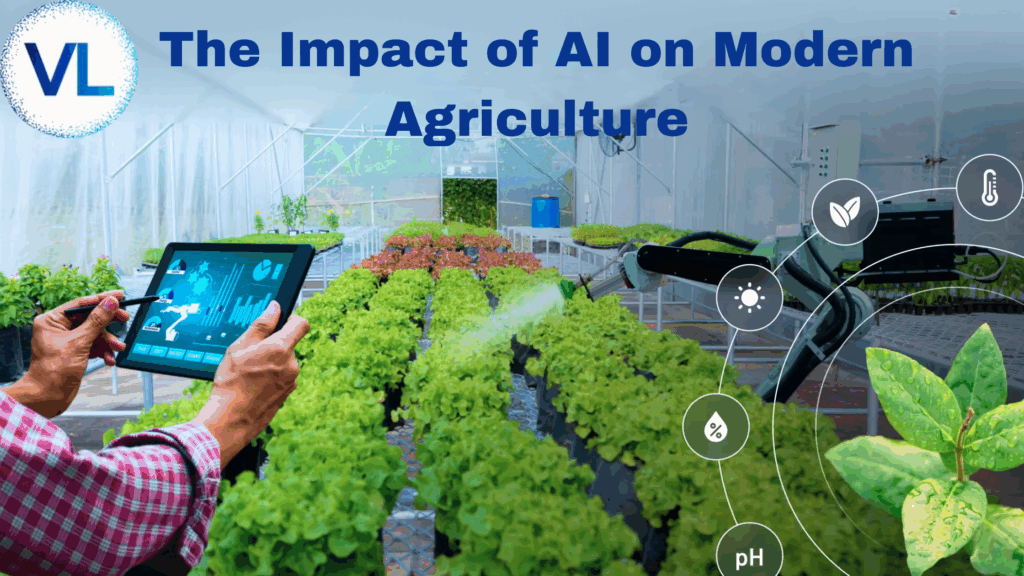
Want to know how your wheat is going to perform next season? By analyzing today’s weather, soil quality, and what happened in previous seasons, AI can figure out how big your harvest might be.. It’s like a crystal ball, but nerdier.
- Robotics and Automation
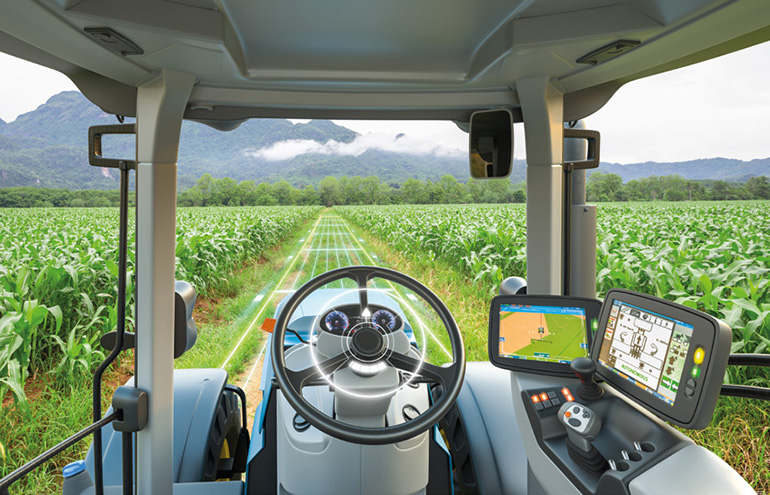
Think robots just belong in sci-fi movies? Think again. Autonomous tractors, robotic harvesters, and weeding bots are already out there working the fields. AI helps them make decisions on the fly—like when to turn, where to spray, and what to pick.
- Smart Irrigation and Fertilization
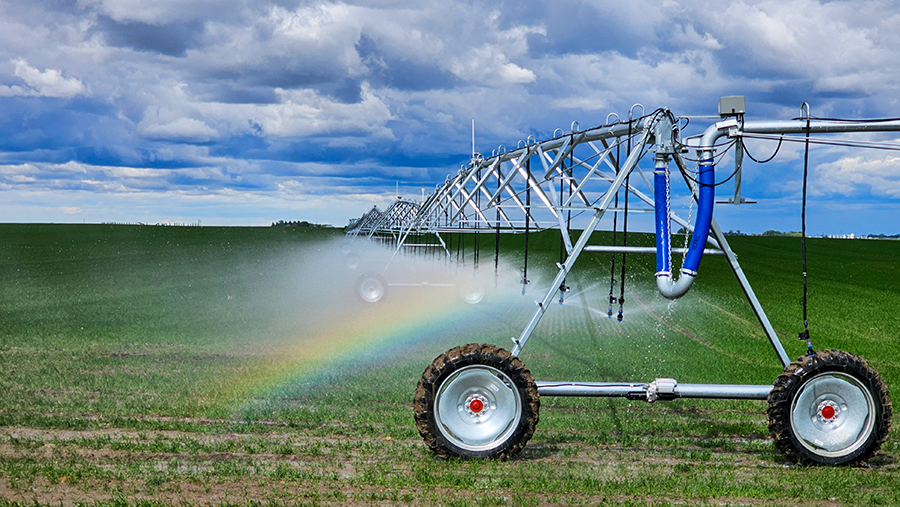
Too much water? Not enough? AI systems analyze moisture levels and weather forecasts to deliver just the right amount of water or fertilizer. It’s sustainable, efficient, and your plants will love it.
Real-World Examples AI in Action
John Deere’s See & Spray Technology
This system uses computer vision and machine learning to identify weeds and apply herbicide only where it’s needed. That means less chemical waste and lower costs.
DJI Agriculture Drones
DJI’s drones can map entire fields, analyze crop health, and even spray crops with surgical precision—all guided by AI.
Ecorobotix Autonomous Weeders
These little bots roam fields, identify weeds with AI, and zap them with a microdose of herbicide. Much more advanced and effective compared to manually removing weeds..
IBM Watson Decision Platform for Agriculture
This platform combines AI with weather data, IoT sensors, and market trends to give farmers insights on everything from planting schedules to pricing forecasts.
Benefits of AI in Agriculture
| Benefit | Description |
| Higher Yields | Data-driven decisions lead to more productive crops |
| Lower Costs | Optimizing resources like water, fertilizers, and pesticides |
| Environmental Sustainability | Reduces waste and chemical runoff |
| Real-Time Monitoring | Immediate insights into crop and soil health |
| Risk Reduction | Better weather and market predictions |
Challenges? Of Course.
It’s not all sunshine and perfectly-aligned rows of corn. AI in agriculture also faces hurdles:
- Cost of technology: Not all farmers can afford fancy drones and robots.
- Data overload: Collecting data is easy, but interpreting it requires training.
- Connectivity issues: Many rural areas still struggle with internet access.
- Trust in the tech: Some farmers prefer tried-and-true methods over tech-based suggestions.
What’s Next for AI and Agriculture?
The future looks tasty er, we mean promising. We can anticipate AI becoming increasingly integrated with the following technologies
- Blockchain for food traceability
- AI + Genetics for crop engineering
- Fully autonomous farms run by AI systems
- AI-assisted climate resilience strategies
As AI continues to grow smarter, farms will become more efficient, sustainable, and resilient. Farmers will be better equipped to handle everything from pests to unpredictable weather.
Final Thoughts: Farmers Meet the Future
AI isn’t here to replace farmers it’s here to supercharge them. Consider it as providing farmers with a digital toolkit packed with advanced tools and technologies. Sure, the learning curve can be steep, but the payoff is a more sustainable and productive food system.
So next time you bite into a perfectly ripe tomato, remember there might’ve been a drone, a robot, and a whole lot of code behind it.
The future of farming? It’s already here and it’s smart, savvy, and slightly obsessed with data.
FAQ: Artificial Intelligence in Agriculture
1. What is AI in agriculture?
It’s the use of smart tech like data, sensors, and machines to make farming more efficient.
2. How is AI used on farms?
AI helps with crop monitoring, disease detection, yield prediction, and automating tasks like spraying or harvesting.
3. Is AI only for big farms?
Nope! Affordable tools and apps are making AI more accessible for small farmers too.
4. Will AI replace farmers?
Not at all. It supports farmers by handling repetitive tasks and providing useful insights.
5. What are the benefits?
Better yields, lower costs, smarter resource use, and real-time problem detection.
6. Any challenges?
Yes cost, internet access, data overload, and sometimes tech hesitation.
7. Is it eco-friendly?
Yes. AI reduces chemical use and helps farms go more sustainable.
8. Is it hard to use?
Many tools are beginner-friendly, though some need basic training.
9. What tools are common?
Drones, soil sensors, smart irrigation, robots, and data dashboards.
10. What’s next?
Expect AI to link with blockchain, genetics, climate tools, and smart marketplaces.
Want to see more ways AI is transforming the world beyond farming?
Check out our article on Real-World AI Applications for more smart innovations in action.
